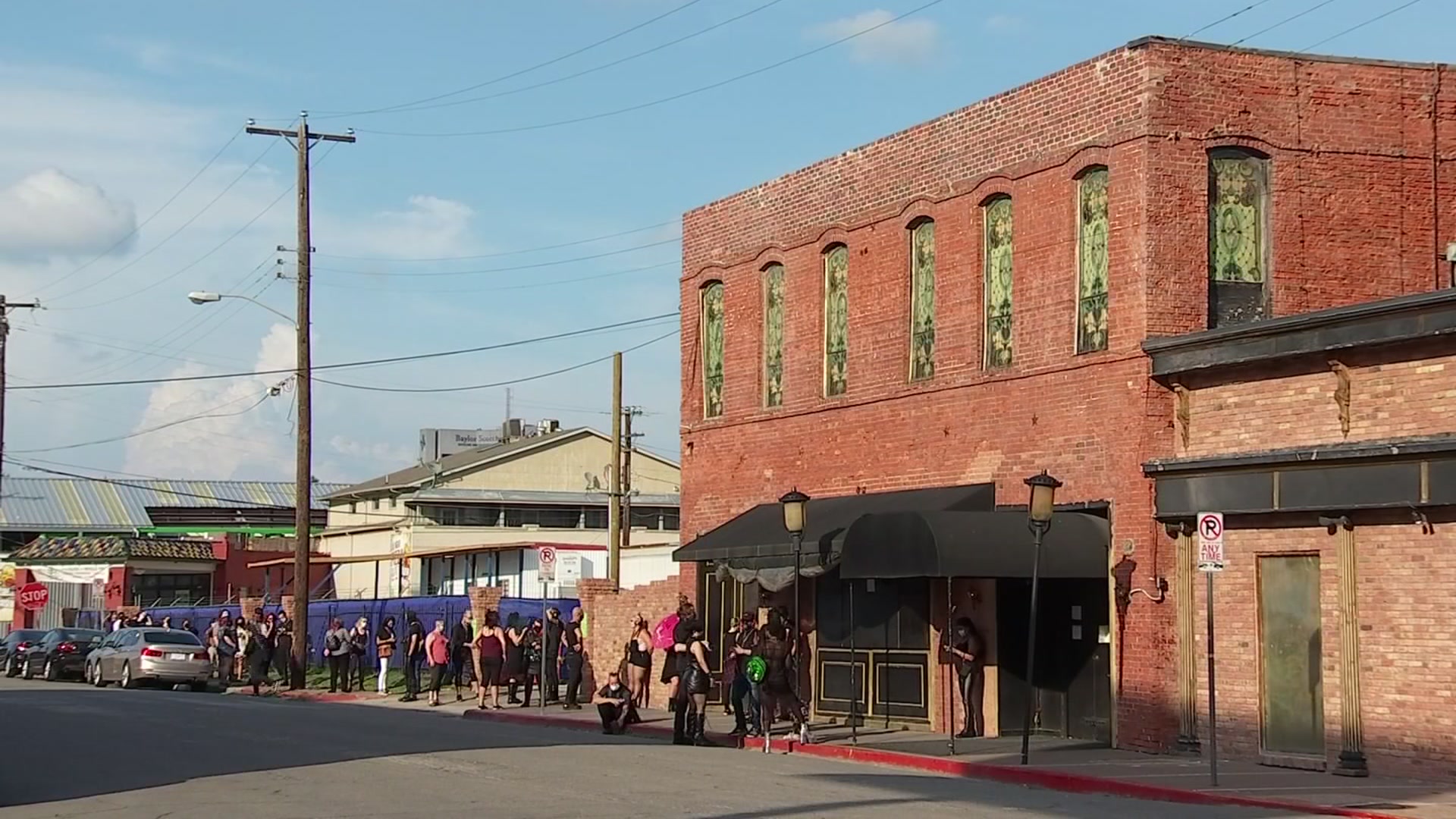Preparing for surgery isn’t what 60-year-old Christine Montoya expected to be doing during a pandemic, but going under the knife was the best option for getting back her life, slowly being taken away by Parkinson's.
"The medicine helped for three years, but I realized the harsh reality that this disease was catching up with me," said Montoya.
She said she had lost the ability to write, type, even walk as the neurodegenerative disease took hold on her motor skills.
However, since Parkinson's hadn’t affected her memory or cognitive function, doctors told her she’d be a good candidate for deep brain stimulation.
"To this day, it still sounds sci-fi and futuristic, but this has actually been an FDA-approved treatment for Parkinson's and tremors since the late 90s," said Texas Health Fort Worth Dr. Anita Bhansali.
DBS involves a neurosurgeon using MRI-guided images to complete a two-step procedure.
The first step is brain surgery, during which Dr. Bhansali kept Montoya awake as she placed electrical leads on the parts of the brain that control motor skills and then see, in real-time, whether Montoya could move her hands once again.
Local
The latest news from around North Texas.
She left the leads in place so that she could connect them to an internal pulse generator, or battery pack, surgically placed under the skin of the chest near the collarbone.
The generator allows for constant simulation of the brain.
"I hopped off that table and I was walking, running around. My hand was moving. I feel like a completely different person," said Montoya.
"I would hope that anyone who can do it with Parkinson’s, especially in early stages, gets it if you can. It works!" said Montoya.
According to the Parkinson’s Foundation, close to 1 million people in the U.S. are living with Parkinson’s. More than 50,000 of those individuals live right here in Texas.




